
Good morning, day or evening to you, dear reader, depending on where you happen to find yourself when reading this. I’m very intrigued to explore today’s subject matter with you, as it is one that has prevailed in our civilisation for quite a while – Vampires. Blood-sucking, community-terrorising, cattle-killing, immortal and possibly highly seductive creatures […]
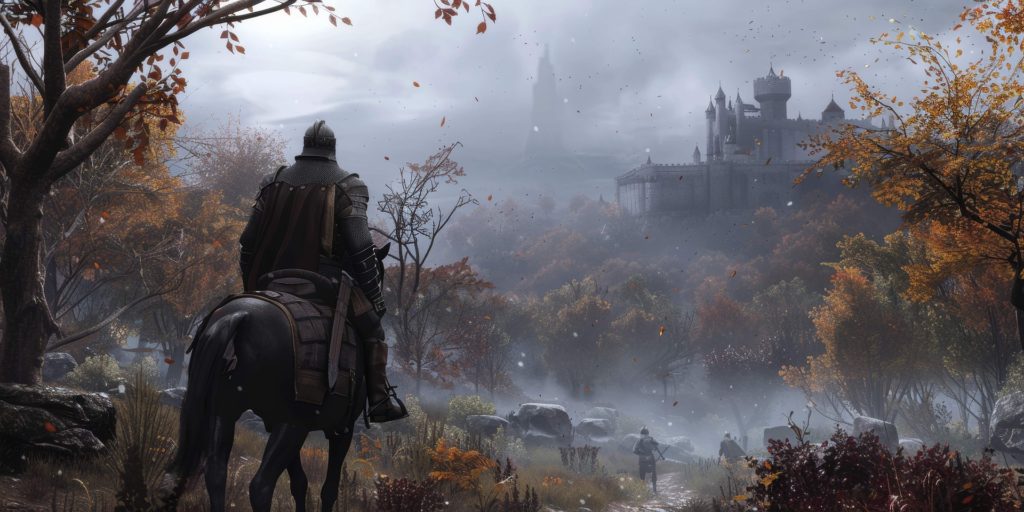
Hidden Mysteries: The Lost Treasures of the Czech Lands On this day, dear reader, you will learn of some of the arcane treasures that may or may not lie hidden beneath the Lands of Bohemia. It is the case after all that any respectable historical mystery ought to involve chests filled with ancient artifacts and […]
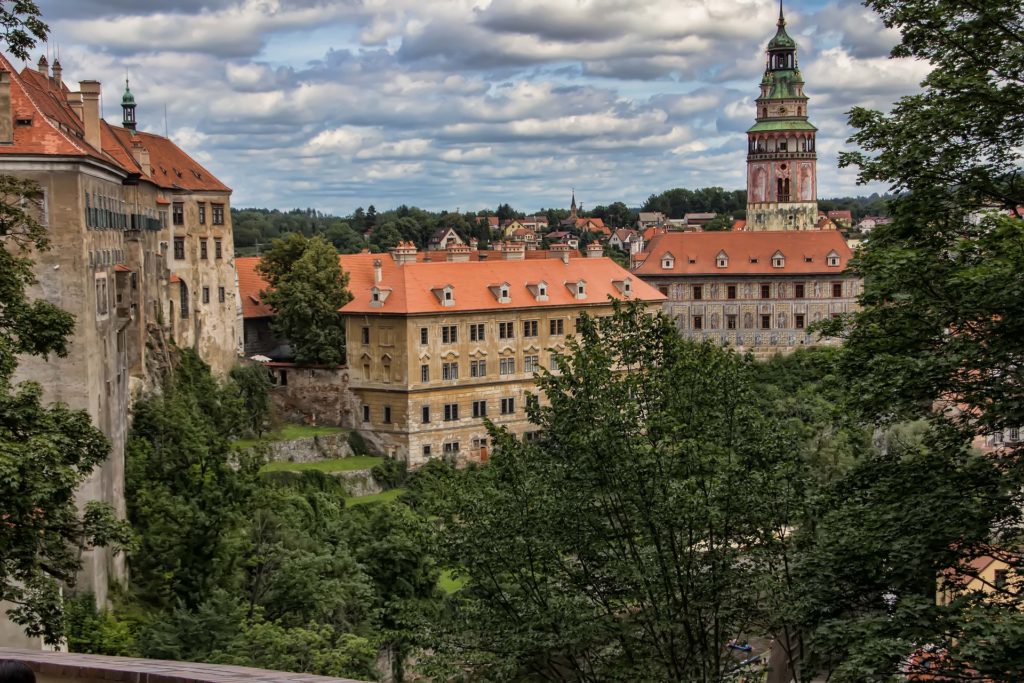
For this story, dear reader, and rest assured it is a story full of fear and mystery, I shall take you to a city in the South Bohemia region of the Czech Republic. This city is Český Krumlov. The Rosenbergs of Old and the Ghostly City – Historical Facts In the late 16th century, Český […]
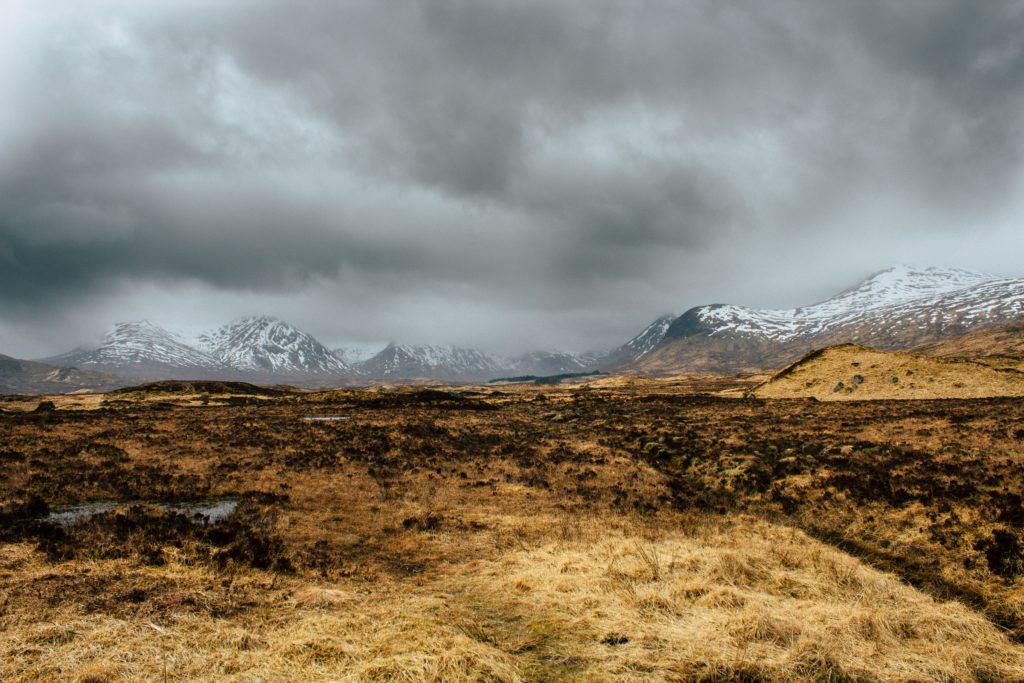
The Battle of Culloden was the final battle of the Scottish Jacobite rising of 1745, more often called the Forty-Five Rebellion. In the Highlands, it was also known as the Bliadhna Theàrlaich, which in Gaelic stands for ‘The Year of Charles’, named after Bonnie Prince Charlie; Charles Edward Stuart – the ‘Young Pretender’, who served […]
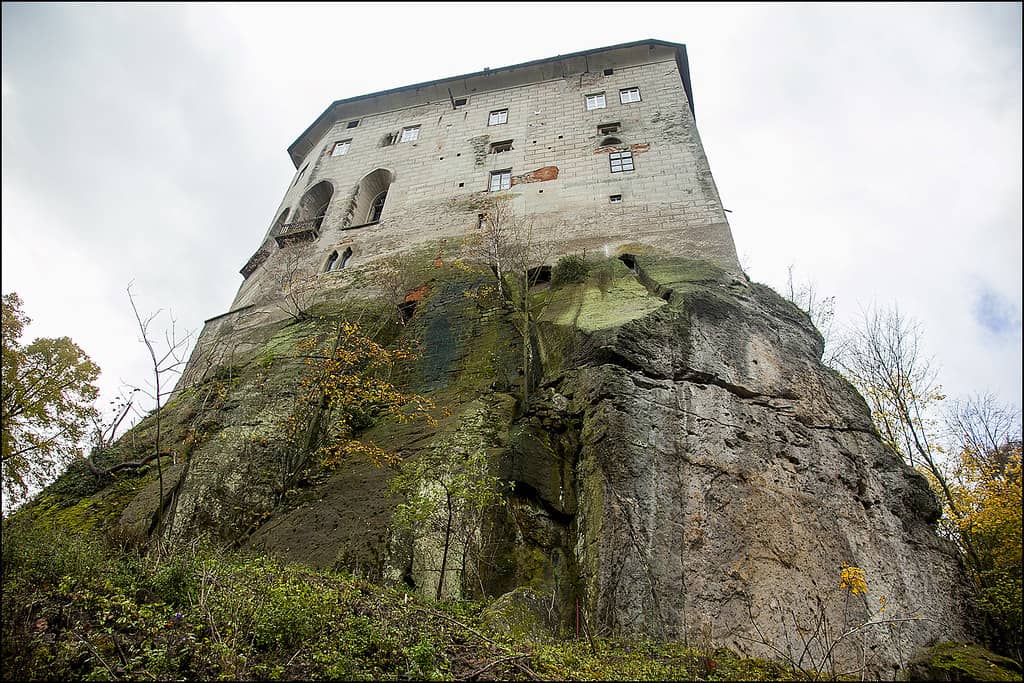
Many legends turn upon the story of the walls of this mystical castle. It has also always lured lovers of secrets. Why was it built on a place with no strategic importance and without any source of water – away from all trade paths? Supposedly, its purpose was to guard a gateway to hell leading […]
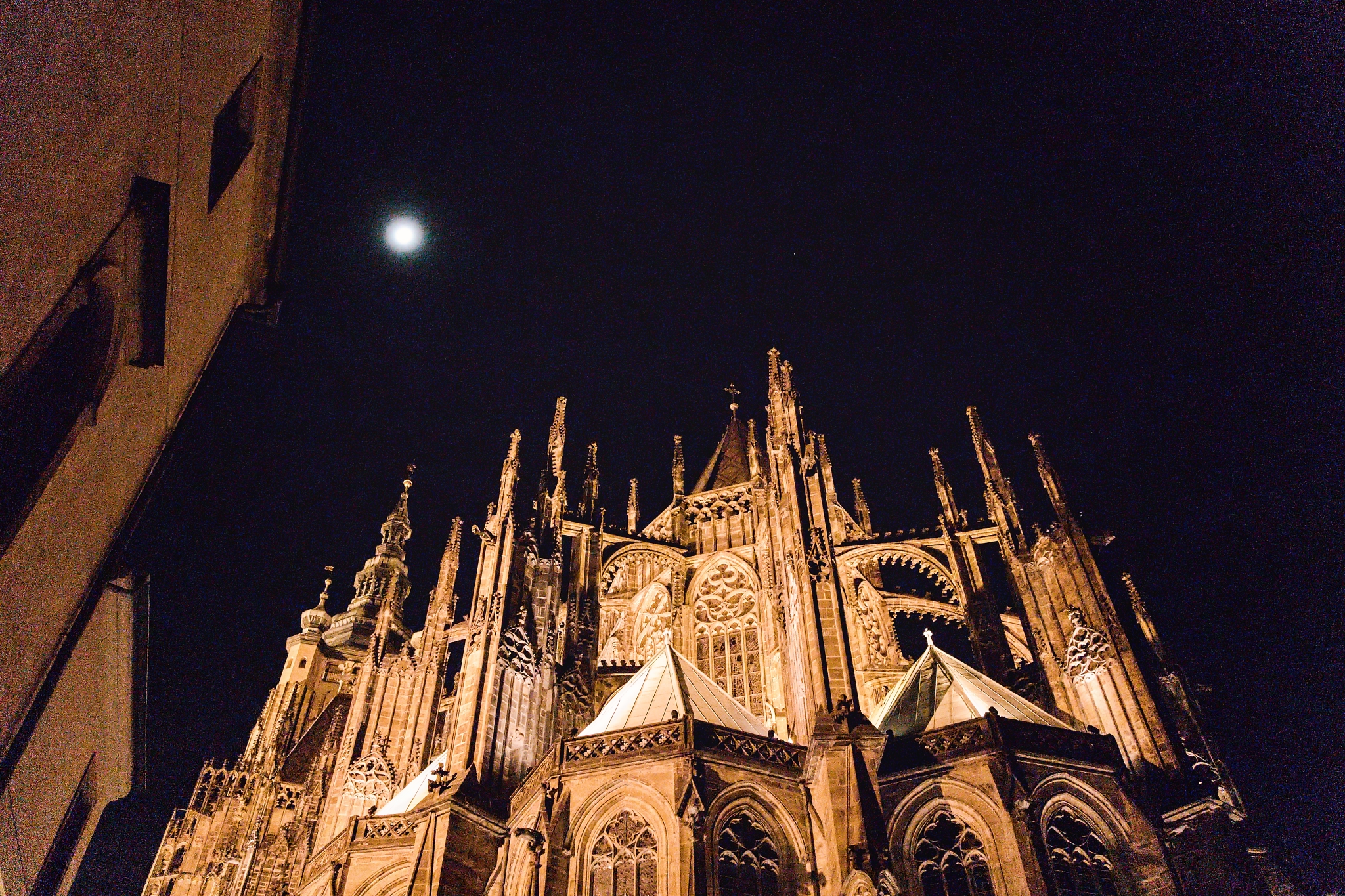
Prague has been a mysterious city since ancient history Magic Prague, City of a Hundred Spires, City of Fate…these are all names associated with Prague, and rightly so. From its establishment, Prague has had a magical, mystical feel and a deep-rooted connection to the spiritual. From the first named people group to inhabit these parts, […]
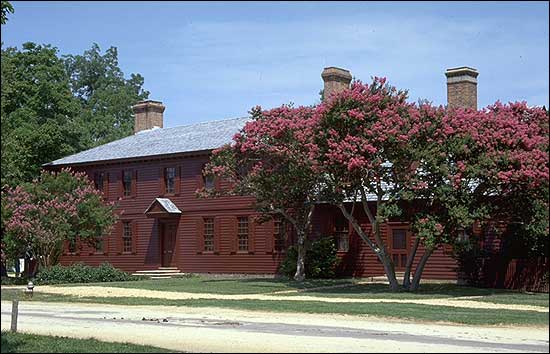
As one of the most haunted places in Virginia, the Peyton-Randolph House has become a hotspot for paranormal activity caused by the many souls who died tragically within the walls of this historical home. Established in 1639, Williamsburg, Virginia continues to welcome locals and tourists alike who enjoy visiting the former English colony to see […]
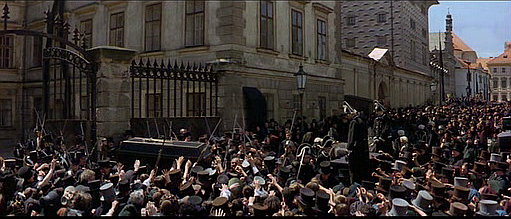
If you take our Alchemy & Mysteries of Prague Castle tour, your guide may point out a particular location in the castle grounds that was used in a very famous Hollywood blockbuster. Often on our tours we pass areas with no parking signs “Mimo Film”, which means that only film crews are allowed to park […]
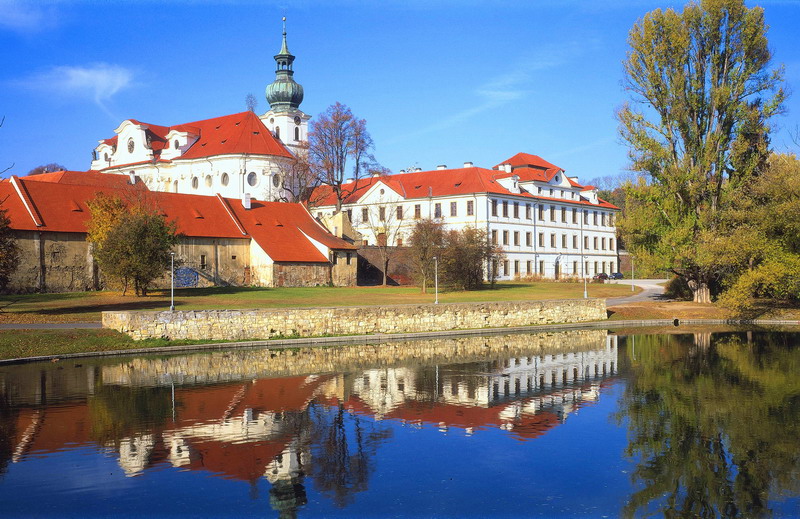
White Mountain – Eternal Peace and Heartbreaking Loss If you are staying in Prague for more than two days, an often neglected place that is well worth a visit is the Břevnov Monastery, located right next to the White Mountain pilgrimage route. The origins of the monastery date back to 993 CE. The monastery was […]

As you explore Prague, you might come across plenty of underground chambers. Many restaurants and bars boast ‘historic cellars’, or perhaps you’ll find a jazz club tucked away into the basement of one of the beautiful buildings in the Old Town or Malá Strana. So why is there so much interest below the city? The […]
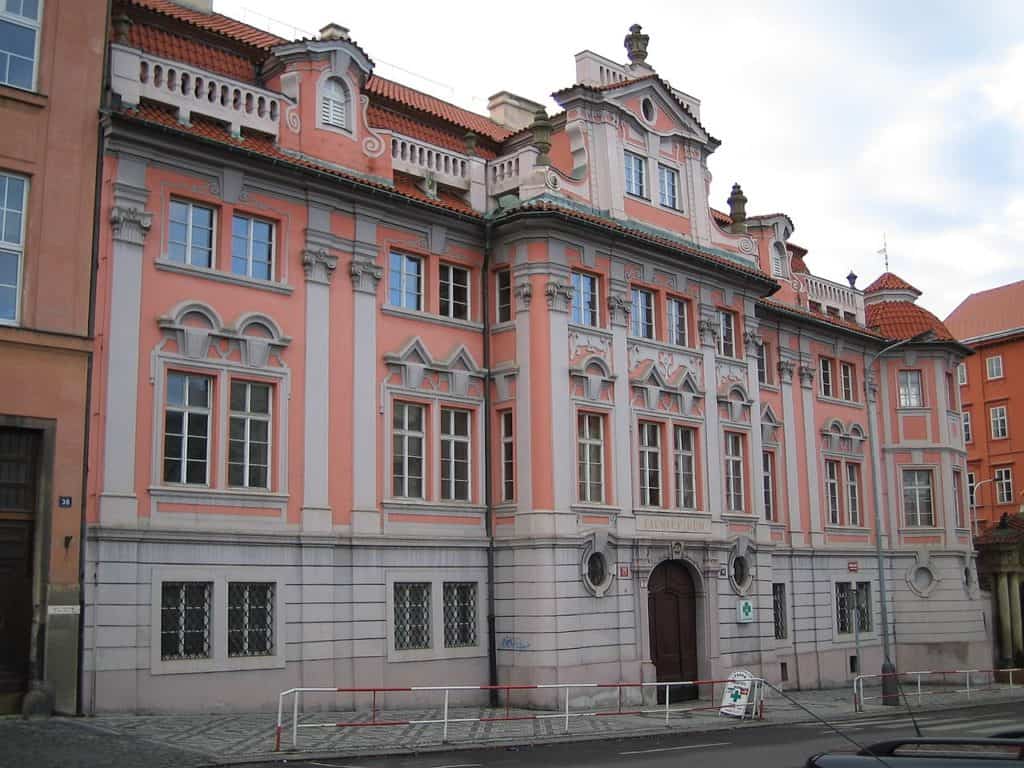
The mysterious Faust’s house, which is located on the present-day Charles Square in Prague (former Cattle Market), has quite a strange story. Where does the “Faust” come from? Does it have anything to do with the famous Dr. Faust? Let’s look into the well-known legend which is bound to this building. Once upon a time, […]
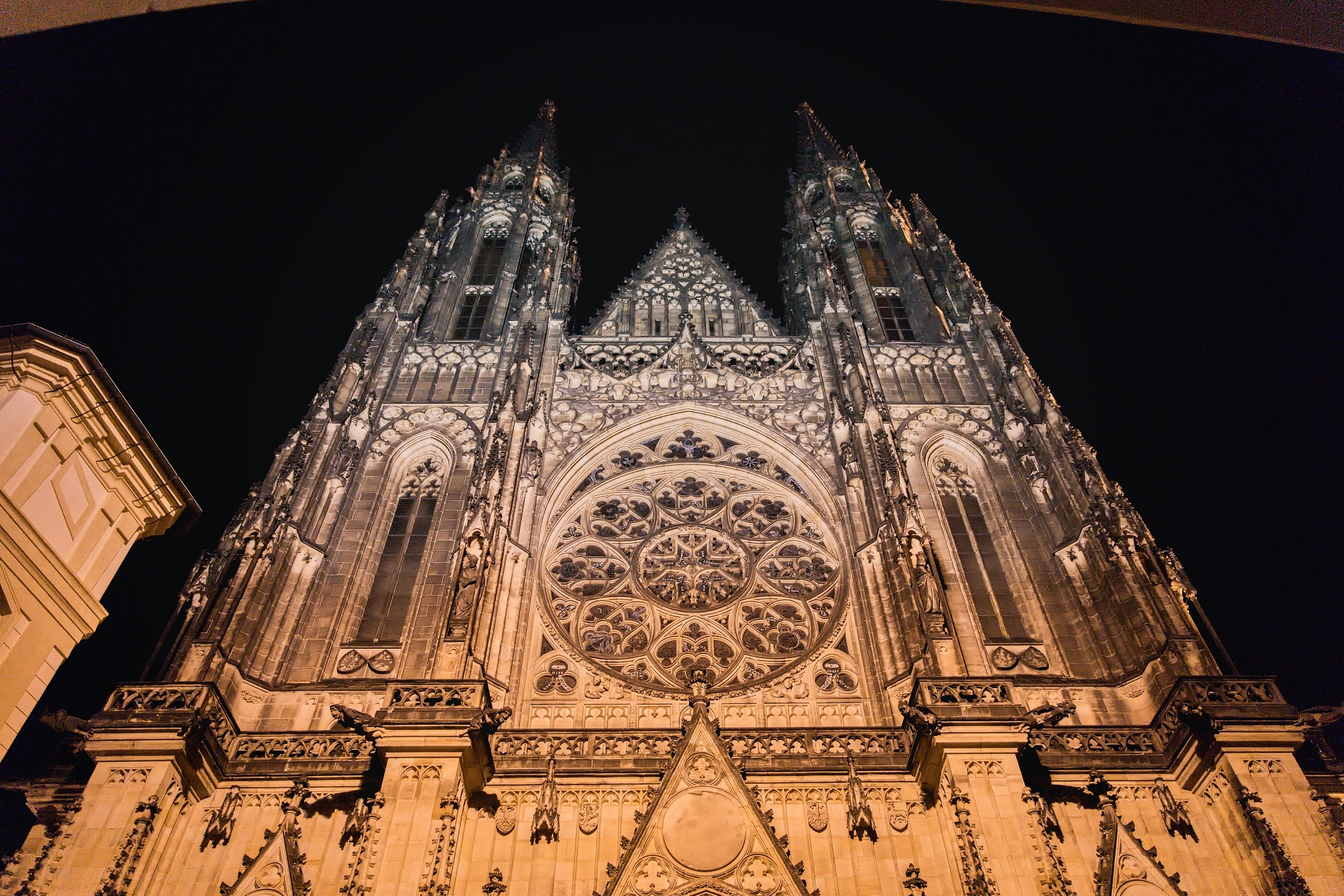
Our Alchemy & Mysteries of Prague Castle tour is more of a historical walk than a ghost tour, but a few people on the walk have been asking if there are any ghosts at the castle as well. So for all those interested in the paranormal side of the world’s largest castle complex, here are […]
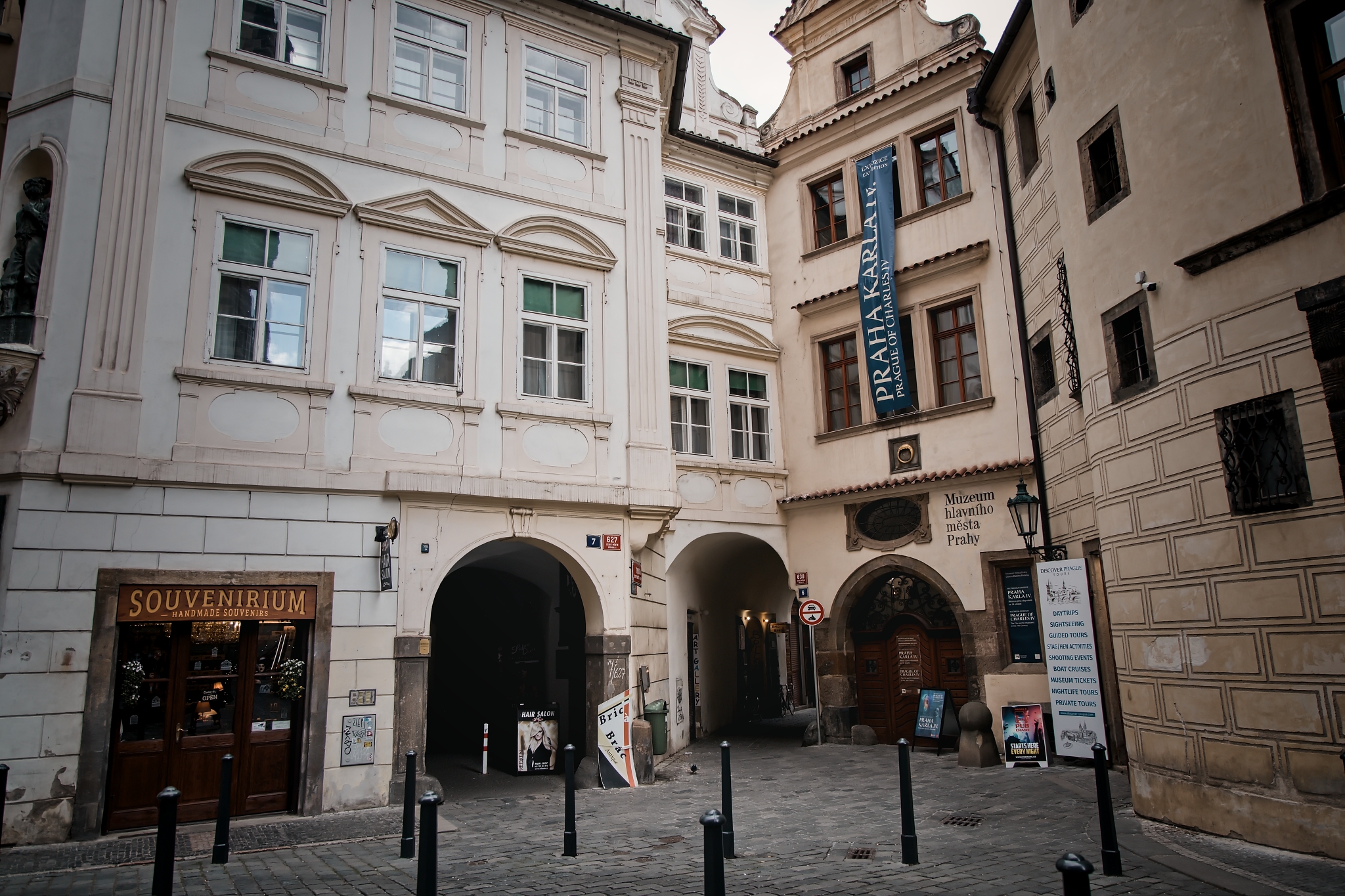
Týnská 7 was originally built during the reign of Charles IV in the 1300s, around the same time when St Vitus’ Cathedral, the Charles Bridge, and the nearby Church of our Lady Before Tyn were under construction. The building was intended as a family home and had several owners before. In 1617, it was purchased […]
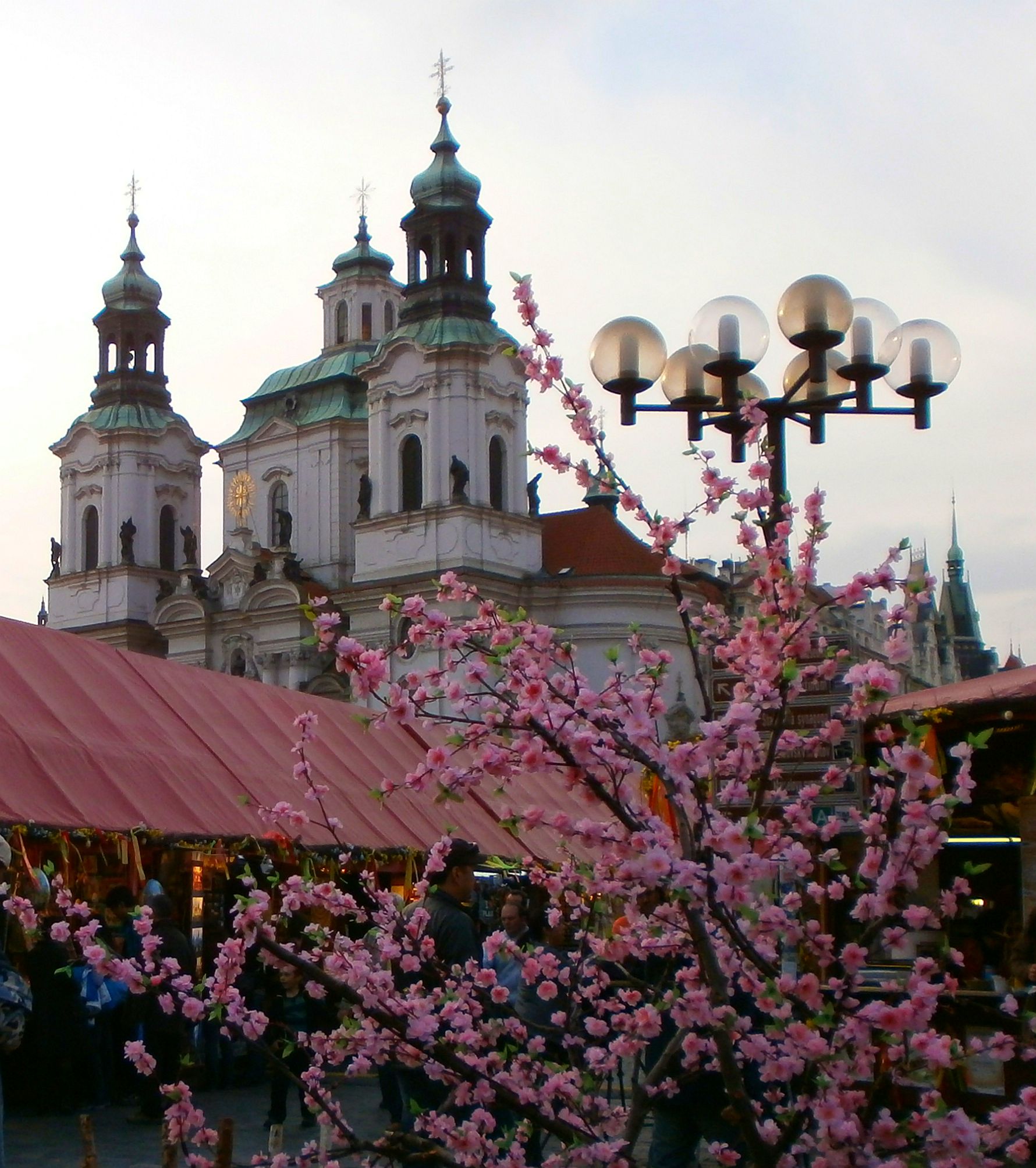
This weekend has been full of colourful celebrations in Prague for Easter, with places like the Old Town Square occupied by market stalls selling painted eggs and braided willow twigs as part of the traditional Czech Easter celebrations. But Easter here in the Czech Republic has its origins in darker times, with many of these […]
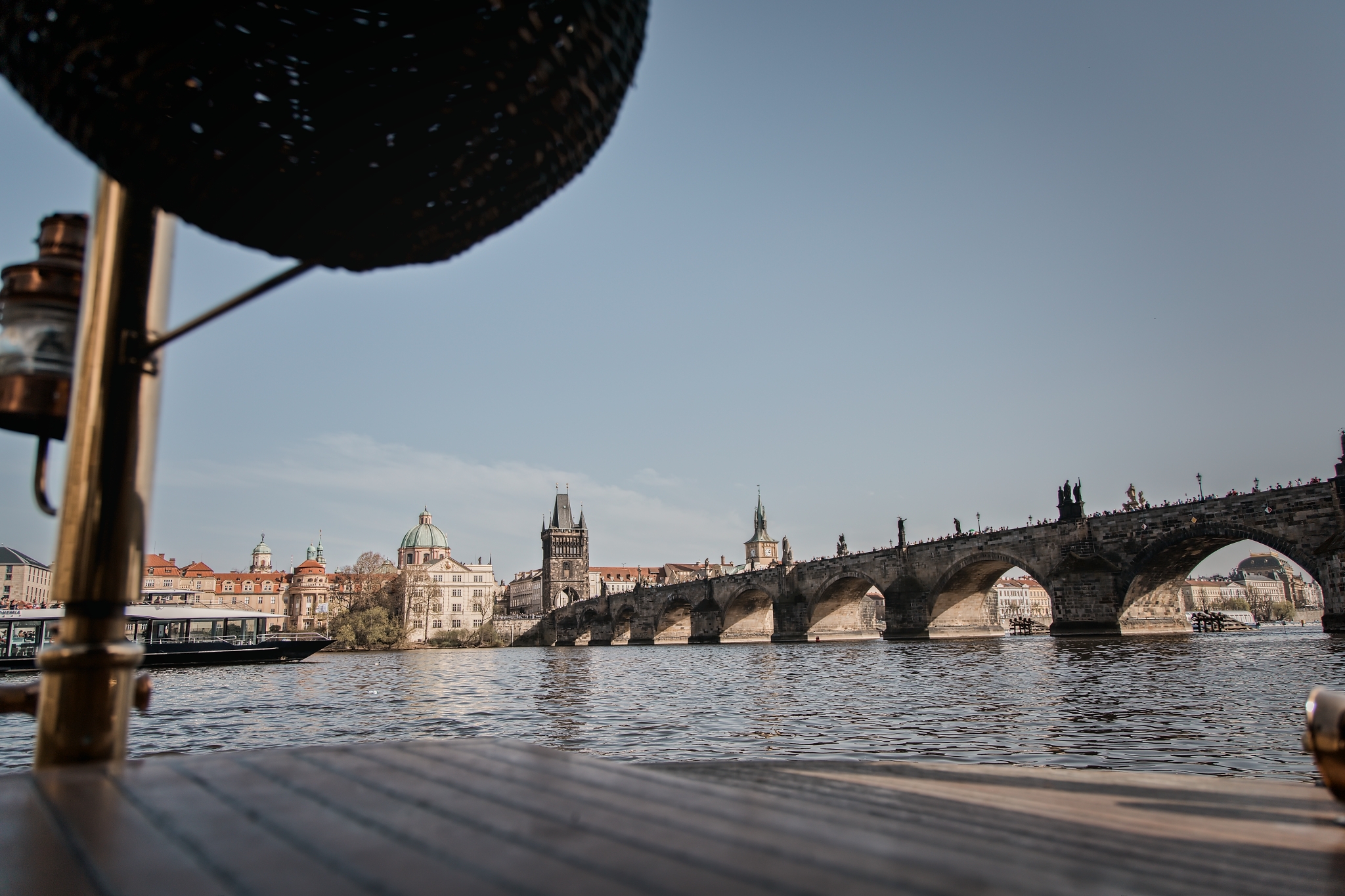
Charles Bridge – the history The original bridge over the River Vltava was named the Judith Bridge, after Queen Judith of Thuringia, who was married to the Bohemian king Vladislav II. It was the work of an unnamed Italian architect, although his nickname ‘Bradáč’ has survived. The Judith Bridge was almost destroyed on the 3rd […]
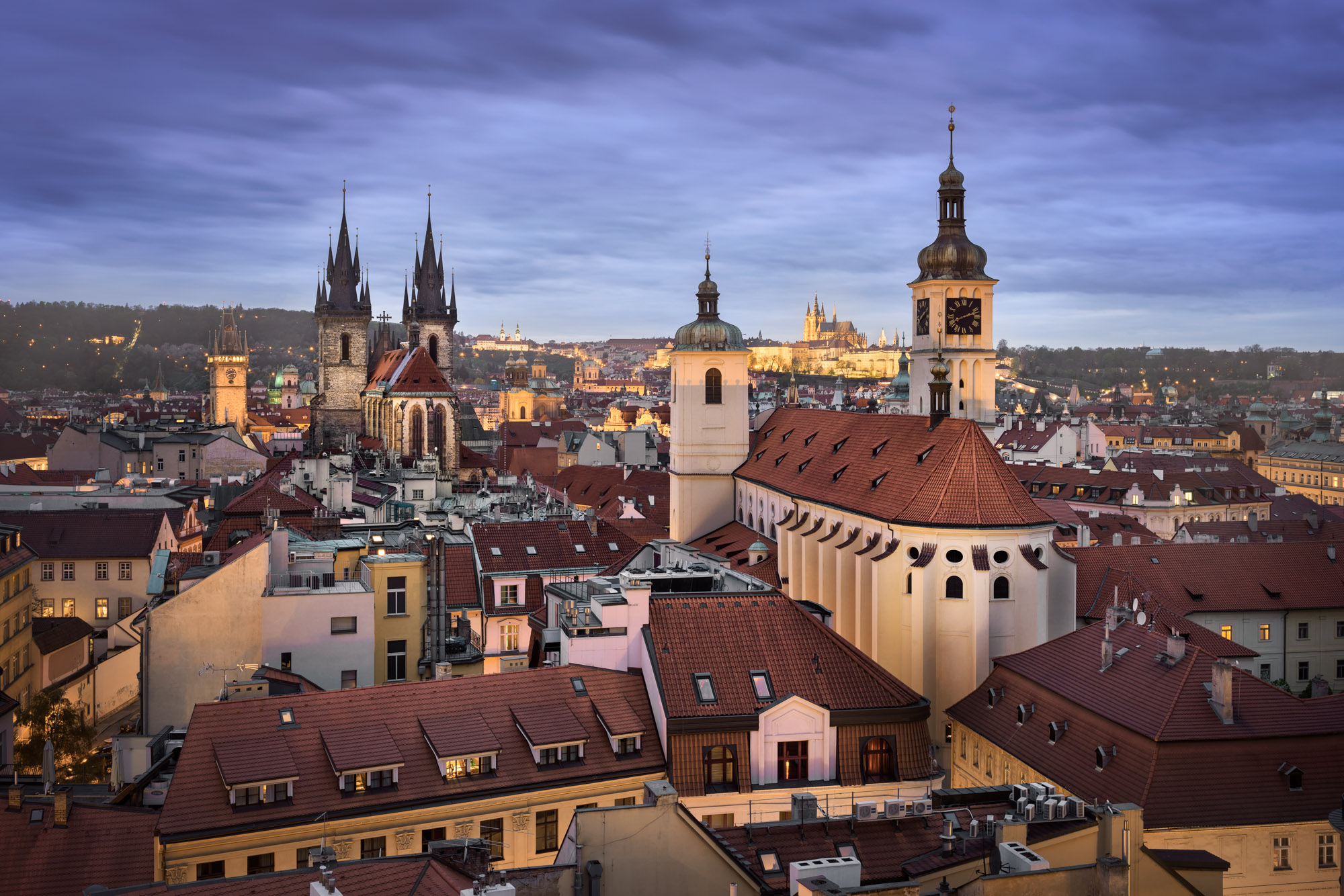
This month marks the beginning of our new, improved ‘Ghosts and Legends of the Old Town’ tour. We take our customers’ feedback very seriously and want to give the best tour we possibly can, so when people mentioned they would like to visit more locations on the Old Town tour, and possibly have less of […]
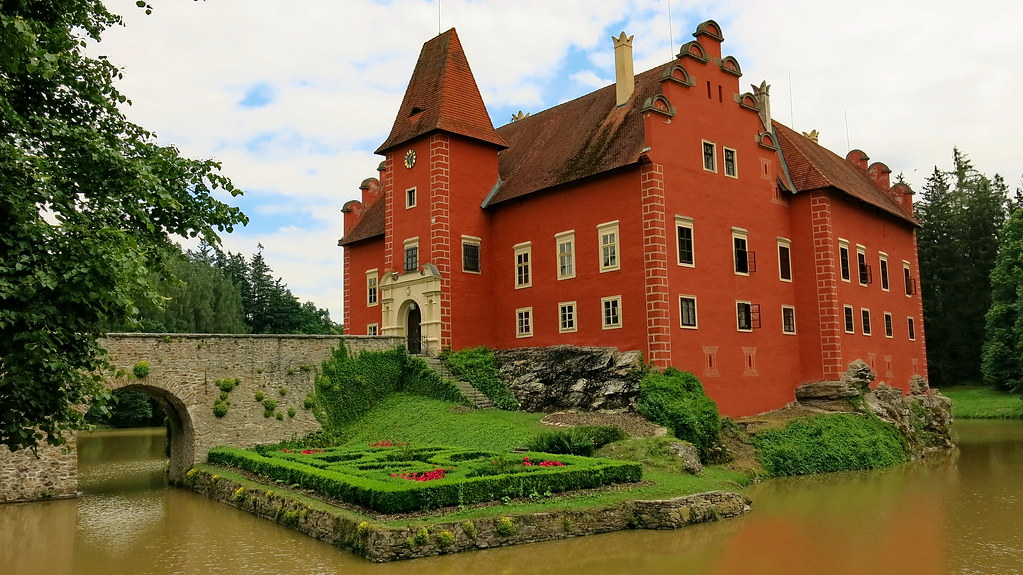
Castle Červená Lhota Known as one of the most romantic castles in the Czech Republic, Červená Lhota is like a red pearl on a lake’s island. There is a mystery behind its walls: Upon one of the walls, a cross is set that can’t be repainted. The cross was done by a devil: He used […]
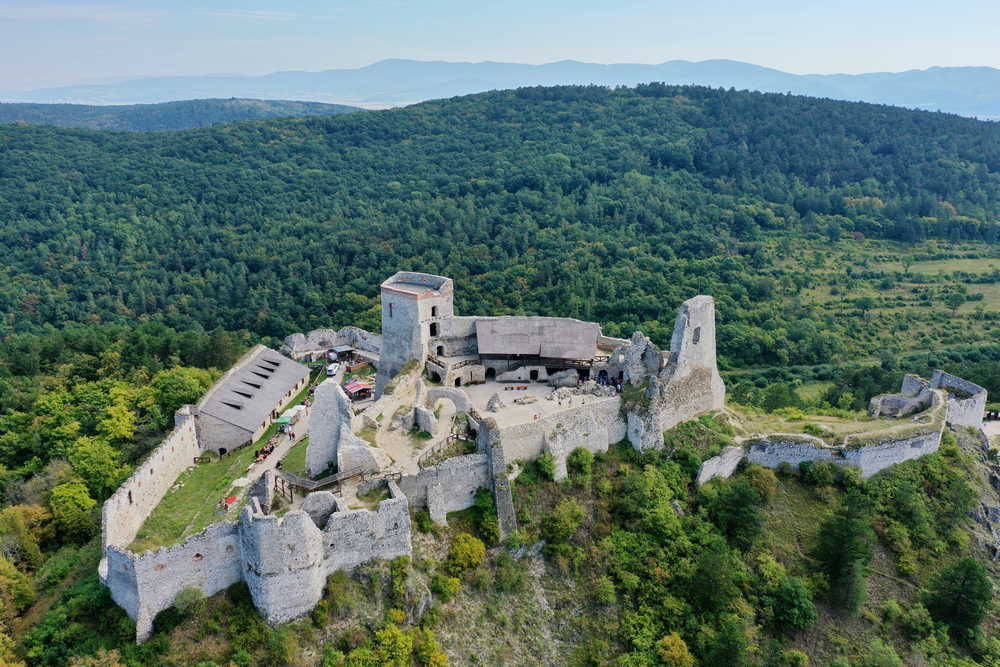
Castle Čachtice The Castle of Čachtice is located in Western Slovakia. It was once inhabited by Elizabeth Bathory, a member of Hungarian royalty. She was known as the “Blood Countess of Čachtice”. The legend says that Elizabeth accompanied her female lover, Anna Darvulia. With the aid of 2 servants, they killed over 600 young women. […]
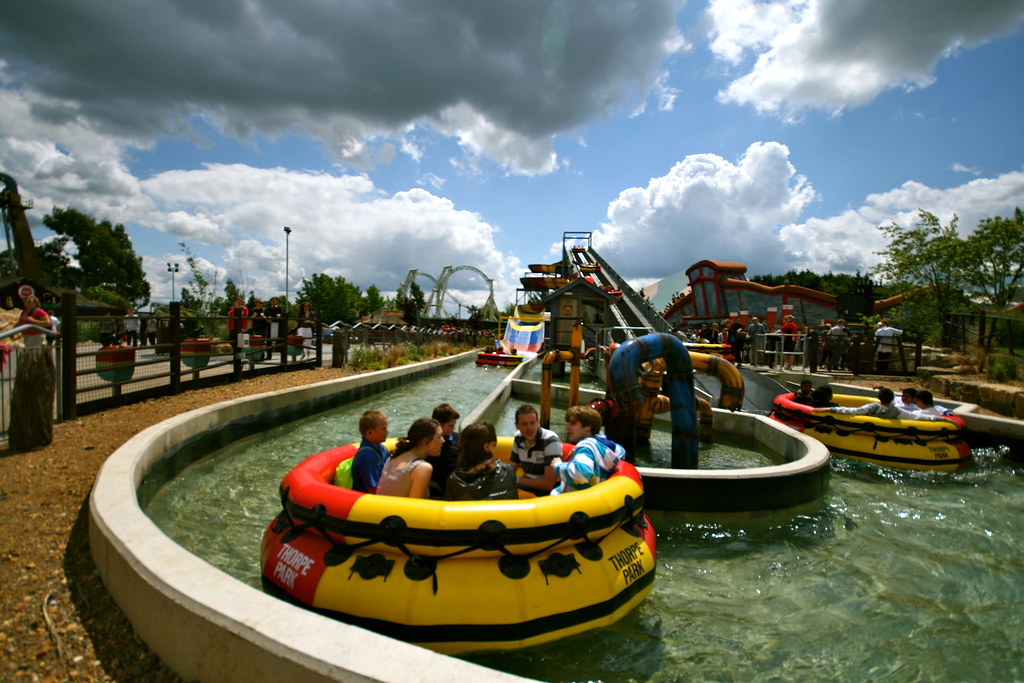
February 8th, 2011 It’s not a welcome sight to see the horror that resides in haunted places. That’s what Thorpe Park, located in Surrey, UK, experienced when it was decided to build a waterpark featuring waterslides that cut through man-made waterways. The owners envisioned people paying for the amusement that comes from the thrill of […]
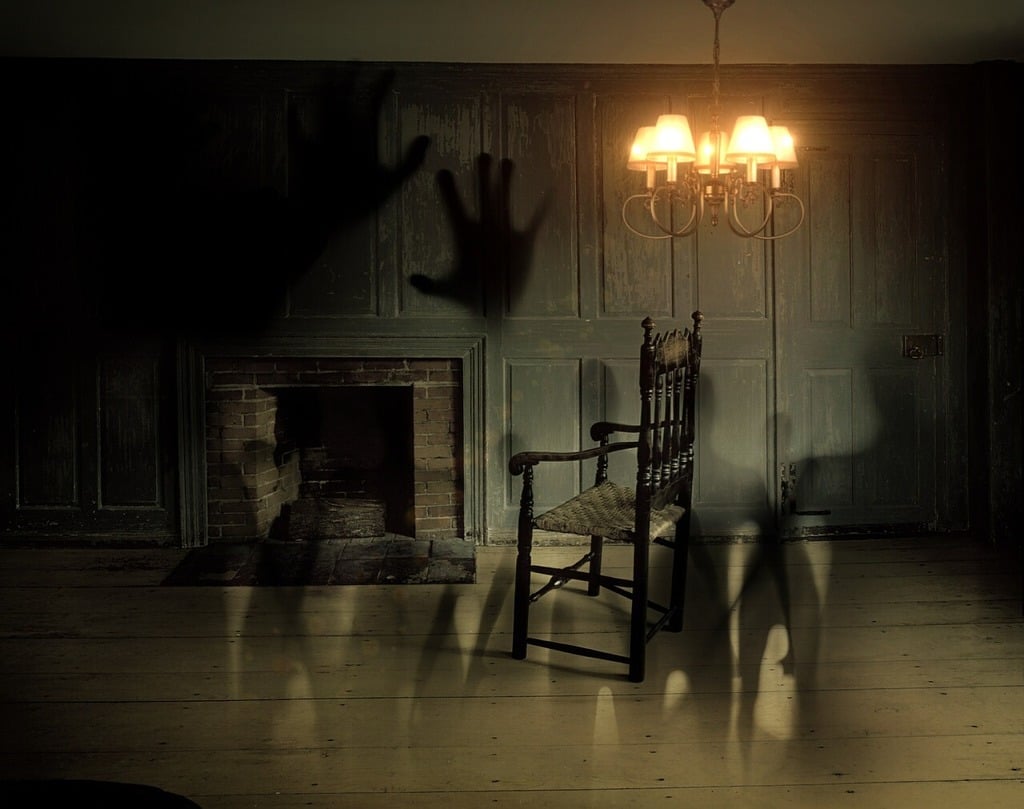
April 26th 2010 In the last 25-year span, the British reported the largest number of paranormal occurrences of demons, evil ghosts, werewolves, witches, and other eerie figures. The experts have much to investigate, including reports about the recent appearance of ghosts with sexual desires. Like predators of darkness, these ghosts attack at nighttime. Most of […]
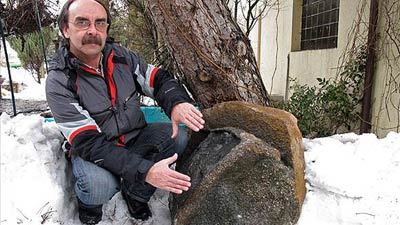
March 8th 2010 Jacek Slominski, a Polish plumber, underwent a life-changing moment when he discovered an unusual stone while he was working on a canalization system under his house. The stone itself has a strange marking: It has a big letter Z carved on one side. Jacek touched the letter, and he felt immediately the […]
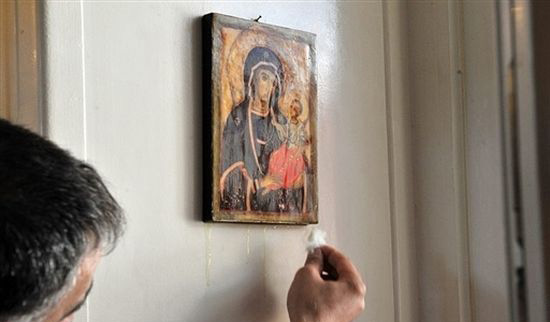
March 8th 2010 Esat Altindagoglu is a French merchant who comes from Turkey. He claims of an unusual event that involves an icon. Some time ago, his wife, Sevin, purchased an icon of the Virgin Mary from a Lebanese priest. Recently, Mary began weeping tears of oil. The man, who lives in Garges-les-Gonnesse (approximately 20 […]
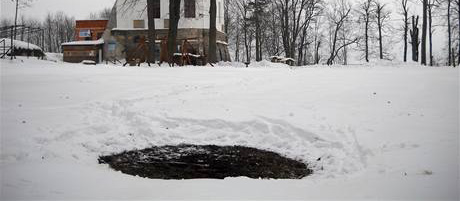
February 16th 2010 A circle in the snow recently appeared in the garden of New Castle in Rudoltice (near Ústí nad Orlicí). The snow inside the circle melts because the temperature in this spot is much higherthan outside the circle. On Tuesday, the temperature reached a balmy 17 degrees whilePrague was frozen in bitter cold. […]
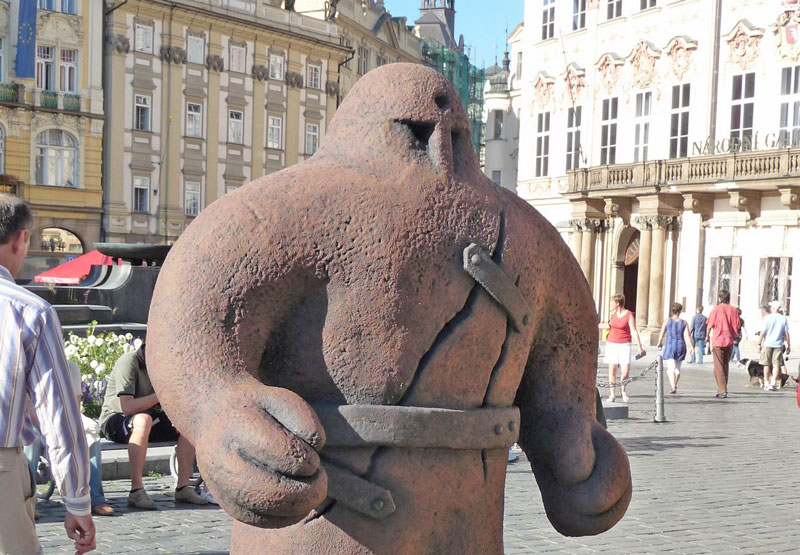
Watch Out This Weekend… As we mentioned in our earlier post on Czech Easter traditions, the end of this month in the old Celtic calendar was a time of spirits, magic and occult forces, the end of the old year and the beginning of the new. On April 30th, many Czechs will celebrate the pálení […]
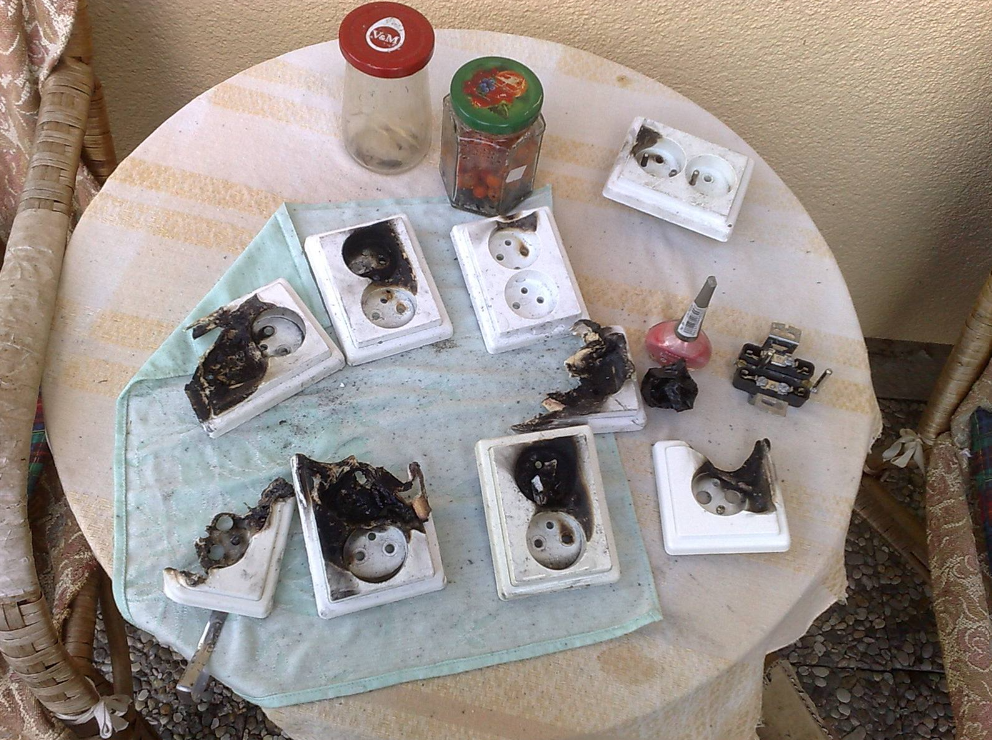
November 2009 The citizens of Strašice wonder if a UFO has visited a family in their town. The Mráčková family resides in a house that was once considered a typical house until light sockets caught fire and glass thermometers and light bulbs exploded. The family sought answers from scientific researchers but they could not explain […]